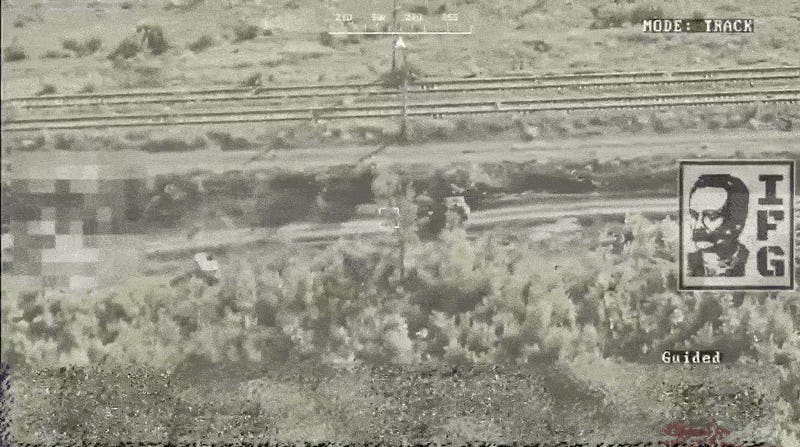The Russian assault on Pokrovsk, a fortress city anchoring a whole line of urban settlements stretching north across eastern Ukraine, “continues to stall,” a pro-Ukrainian Russian analysis group reported.
According to the Conflict Intelligence Team, Ukrainian brigades recently counterattacked a few miles south of Pokrovsk, recapturing terrain around the village of Lysivka and adding to the defensive buffer around the city itself. The successful operation followed a similar Ukrainian counterattack earlier this month on the western side of Pokrovsk.
Russian advances around the village of Baranivka, 15 miles east of Pokrovsk, belie the overall downturn in Russian fortunes on the axis between the ruins of Avdiivka and Pokrovsk. For more than a year, this axis loomed large in Russian war plans.
After bombarding Avdiivka into rubble last February and finally ejecting the ammunition-starved Ukrainian garrison, the Russian Center Grouping of Forces—on paper, at least 50,000 troops plus thousands of vehicles—has ground toward Pokrovsk, 25 miles to the west.
Late last year, the Russians reached the city’s suburbs. There, they met a veritable wall of Ukrainian drones. According to CIT, Russian sources “attribute the [Russian] slowdown to the increased concentration of Ukrainian forces, particularly … drone units.”
Ukraine produced 2.2 million explosive first-person-view drones last year, and aims to make even more this year, Ukrainian Pres. Volodymyr Zelensky said recently. Russia has also produced millions of drones, but Ukraine’s are of better quality.
Effective Ukrainian jamming often grounds all but the best Russian drones: the fiber-optic models that don’t rely on radio. To suppress Russian fiber-optic drones—which are controlled via long unspooling cables—Ukrainian drone teams around Pokrovsk have learned to spot the long fibers reflecting the sun.
Not only do Ukrainian drones harry front-line forces, they also fly miles behind the front in order to hunt Russian supply trucks threading the roads toward Pokrovsk. These “road-cutter” drones have turned one important Russian supply line—the Ocheretyne-Prohres road—into a graveyard of Russian trucks, vans, cars and all-terrain vehicles.
The road-cutters often target the same chokepoints, striking vehicle after vehicle and creating traffic-impeding piles of wreckage. The attacks “have significantly complicated logistics for the [Russian armed forces],” CIT noted.
Sensing defeat, the Russians are pivoting to other objectives, the Ukrainian Center for Defense Strategies explained. “The Russian command … is focusing its main attention not on Pokrovsk but on the adjacent Novopavlivka and Toretsk directions.”
Read the full article here





